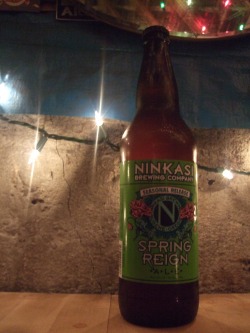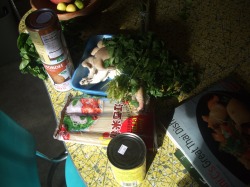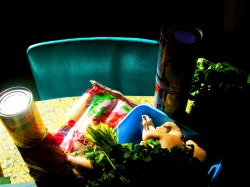
- 'Multiple hops collide in balanced perfection, dominating the senses, achieving total satisfaction. From the Pacific Northwest, birthplace of the modern IPA, comes a beer whose name says it all'
- 'The ancient Sumerians worshiped the beer they made, and praised the Goddess Ninkasi for the miracle of fermentation. Beer is the staple of civilization. Worship the Goddess.'




 RSS Feed
RSS Feed